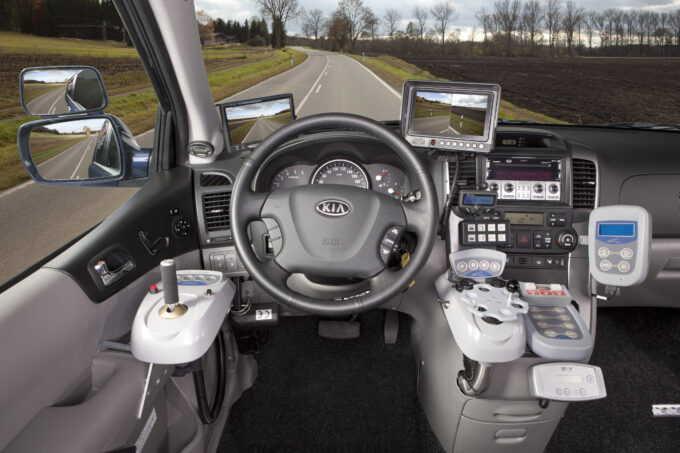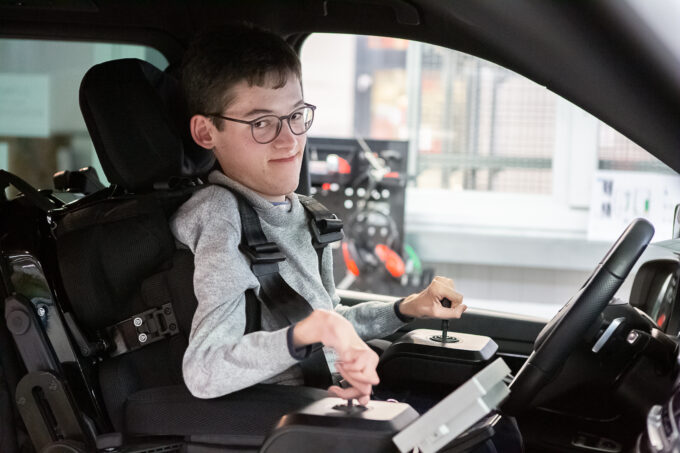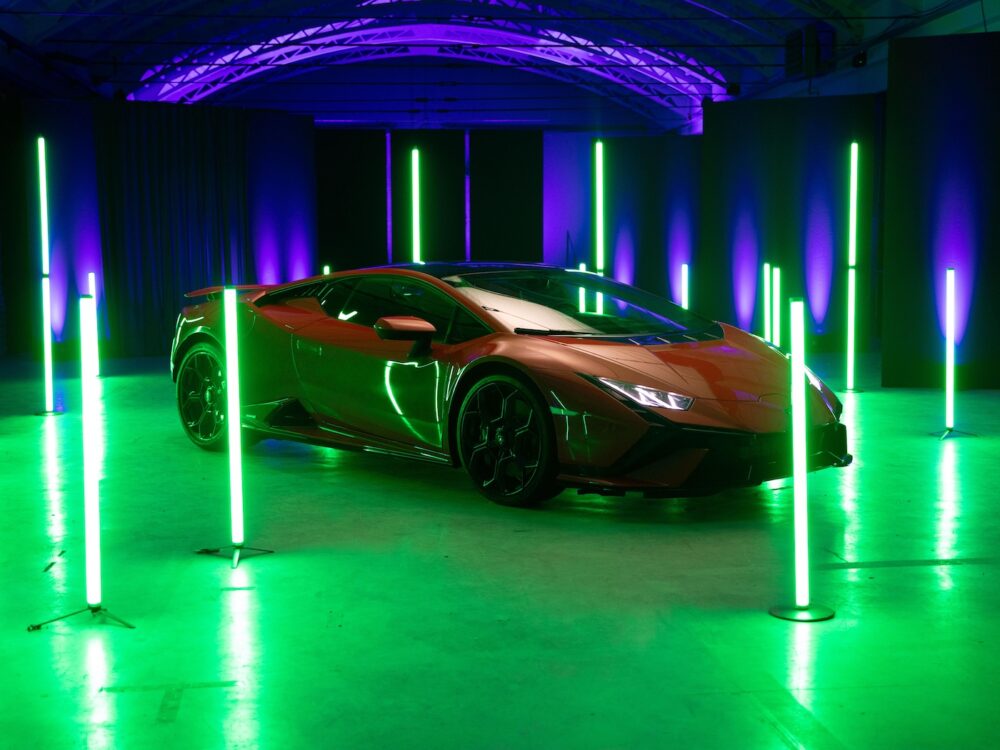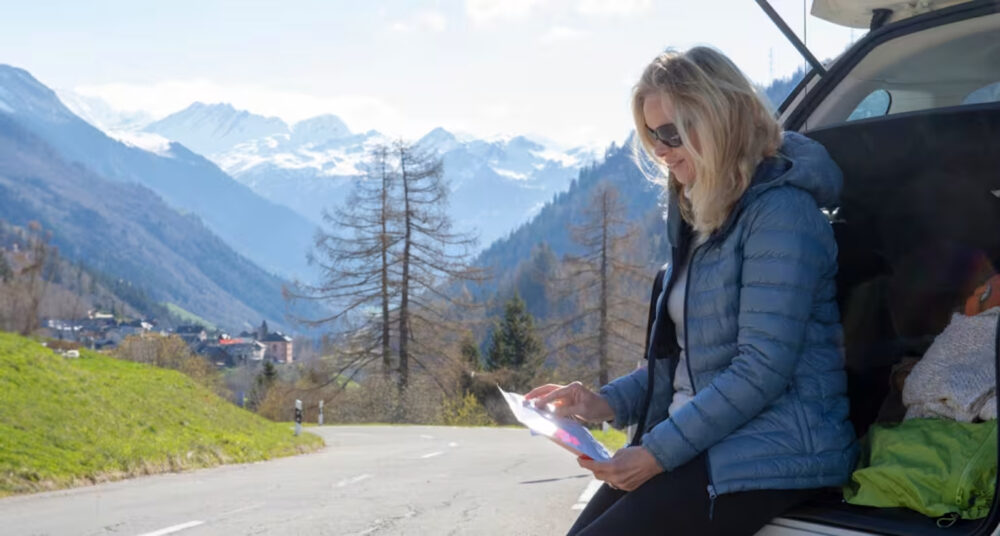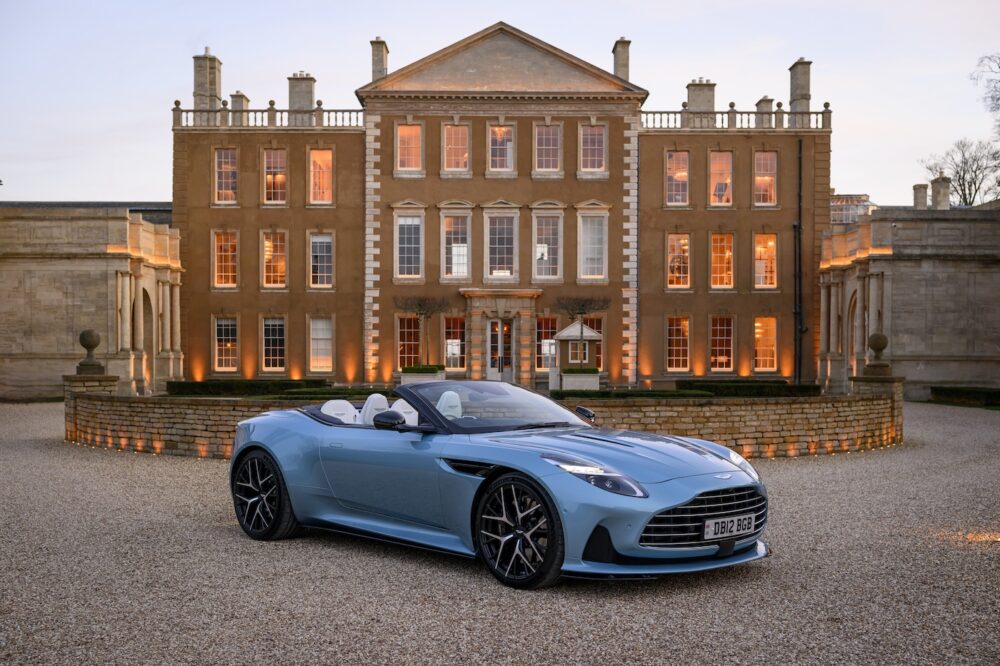Paravan: Accessible mobility as a driver
THREE YEARS AGO This month, Paravan GmbH celebrates 25 years of vehicle conversions, 20 years of drive-by-wire and 15 years of power wheelchairs. The accessible vehicle became a game changer for disability mobility.

It all started in 1998, when Roland Arnold presented the first Paravan from his workshop in Pfronstetten-Aichelau - a Chrysler Voyager with a lowered floor and a ramp on the passenger side. With the Space Drive digital driving and steering system, a person in a wheelchair could drive directly into the car without assistance and settle into the driver's seat or the passenger side.
Cassette lift and transfer console
What works in a wheelchair should also work in a car. Paravan founder Arnold developed a drive-by-wire system that allowed individual input devices to operate the gas, brake and steering of a car. In the years that followed, the technology and product portfolio underwent continuous development. Further products were added, such as the cassette lift or the transfer console. This was followed in 2008 by the power wheelchair, which is permanently connected to the car via a docking station and is approved as a driver's seat.
Broad application potential
The mobility tinkerers soon also realized that Space Drive had a wide range of potential applications outside of handicap solutions: from transportation and logistics to agriculture, mining and autonomous driving. In 2013, Space Drive 2 received road approval with a new safety architecture. The system was developed according to the highest safety standards. In 2019, Arnold ventured into motorsports and brought the world's first race car without a mechanical connection between the steering unit and steering gear onto the race track. Entries in the 24-hour race at the Nürburgring, in the DTM and in the GT Masters followed.
Challenges of the New Mobility
Future autonomous vehicles must also be barrier-free. This is the only way that automation, for example through assistance systems, can also benefit people with disabilities and further expand the circle of users. This is where Paravan GmbH sees the future focus of development.







